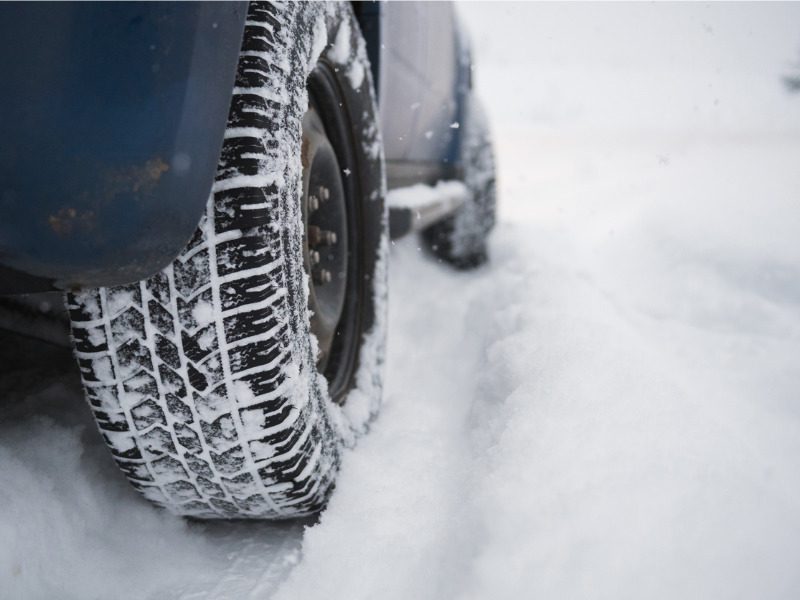Why more Canadian drivers are using winter tires

Winter tire use in Canada is increasing, with 71% of polled Canadian drivers outside of Quebec now using winter tires, up from 63% in 2022, according to a survey conducted by Leger for the Tire and Rubber Association of Canada (TRAC).
Winter tires are required by law in Quebec. TRAC’s 2023 Canadian Consumer Winter Tire Study of 1,521 Canadian drivers found winter tire usage remained highest in Atlantic Canada (94%), followed by 73% in British Columbia and Alberta, 67% in Ontario and 64% in Manitoba and Saskatchewan.
The survey pointed to the safety benefits of using winter tires. Eighty-one per cent said driving a vehicle equipped with winter tires has saved them from an accident or loss of control. This belief is especially prevalent (88%) among young drivers aged 18 to 34.
More than three-quarters of polled drivers (76%) believe extreme winter weather events related to climate change have made winter tires more important than ever.
“It seems Canadian drivers are recognizing the changing weather patterns brought about by climate change,” Carol Hochu, president and CEO of TRAC, said in a press release Monday. “The prospect of more extreme winter weather has clearly given drivers a deeper appreciation of the superior grip and stopping power offered by winter tires.”
Hochu said drivers in the survey expressed cost-of-living concerns. Although this is a worrisome trend, it wasn’t expected to reduce winter tire use, she said. “Belief in the safety benefits of winter tires is too deeply ingrained.”
Some drivers reported financial pressures are causing them to have doubts about investing in winter tires. One in three (31%) said they are now less likely to buy winter tires because of high living costs. However, 85% agreed winter tires are an important investment despite the rising cost of living.
Hochu added that with about 28% of drivers still not using winter tires, consumer education must be an ongoing priority to bring about a higher level of adoption to make winter roads safer.
The most common reason cited by drivers for using winter tires was protecting the safety of their family (83%). Thirty-four per cent said winter tires were mandatory in their province. Other common reasons were lower insurance premiums (17%) and trusted advice from family and friends (12%).
By contrast, the most commons reasons for not using winter tires is the belief that all-season tires are good enough (63%), cost (26%), and reduced driving in winter (24%).
Dedicated winter tires provide superior traction and significantly shorter stopping distances in all winter driver conditions, TRAC says.
TRAC recommends drivers rely on the three-peak mountain snowflake symbol (3PMS) when selecting winter tires. The symbol verifies the tire meets or exceeds Transport Canada’s minimum snow traction threshold.
Feature image by iStock.com/stockstudioX





